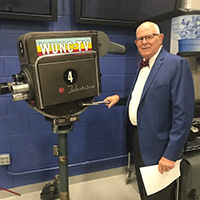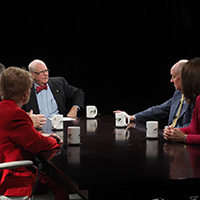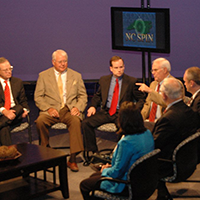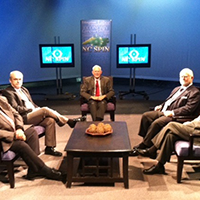State jobless rate fell slightly to 5.7% in October
Published November 23, 2015
by Fran Daniel, Winston-Salem Journal, November 20, 2015.
North Carolina’s jobless rate in October fell slightly to 5.7 percent from September’s revised rate of 5.8 percent, the N.C. Department of Commerce reported Friday.
The October rate was unchanged from the rate in October 2014.
The national rate dropped 0.1 percentage point from September. It was 5.7 percent in October 2014.
The number of people employed in the state rose by 10,871 in October to 4,488,328 and rose by 124,246 over the year. The number of people without jobs fell by 2,042 in October to 273,645, and fell 11,591 over the year.
The traditional jobless rate does not include several categories of people, including those who have stopped looking for work or are underemployed.
Non-farm industry employment fell by 3,100 to 4,265,500, seasonally adjusted, in October.
Of the major industries, government had the biggest gain at 6,400. The construction category gained 2,200 jobs.
There was a net job gain of 800 in other services; 800 in professional and business services; 200 in trade, transportation and utilities; and 100 in mining and logging.
There was a loss of 7,200 jobs in leisure and hospitality services; 4,100 in education and health services; 1,700 in financial activities; 500 in manufacturing, and 100 information.
Mike Walden, Reynolds Distinguished Professor at N.C. State, said in an email that October’s report was mixed.
He said that the smaller household survey showed a strong monthly gain of 10,875 jobs and a decline of 0.1 percent in the U3 employment rate (unemployment rate generally quoted).
“The broader payroll survey showed a loss of 3,100 jobs in October,” Walden said. “All numbers are seasonally adjusted. However, year over year, both reports are more consistent, showing employment gains of 2.8 percent (household survey) and 2.2 percent (payroll survey) — both more robust than at the national level.
He also said the year-over-year private sector hourly earnings rose 3.3 percent in North Carolina compared with 2.5 percent in the country.
“So, overall, my assessment is that the N.C. labor market in the past year has been improving slightly better than the national labor market,” Walden said. “The U3 (“headline”) jobless rate is higher in the state due to some of our geographic issues (weak job markets in many rural counties) and — ironically — due to more optimism in the state about jobs, which encourages jobless workers to look for work (and thus be counted as unemployed) rather than dropping out of the labor force and not be counted as unemployed.”
He also said that North Carolina’s higher U3 jobless rate is because the state’s labor force rose six times faster than at the national level.
He believes North Carolina is continuing to attract households from other states, some of which do not have jobs until they arrive in the state.
“Until they do, they are unemployed,” Walden said.







